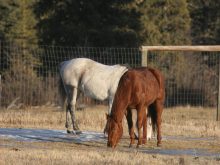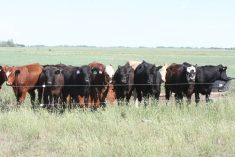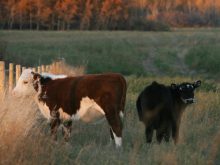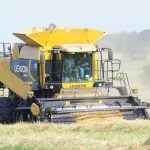With so many intranasal vaccines on the market, I thought a quick review of their administration might be in order.
All intranasal vaccines are live or avirulent live so they need to be mixed and the powder activated. Like other modified live vaccines, their time active when mixed is one to two hours.
There are also combination intranasal vaccines on the market so producers have choice. All must be refrigerated.
The vaccine quickly binds to the mucosal surfaces and with some vaccines, protection may start as soon as 48 hours.
Read Also
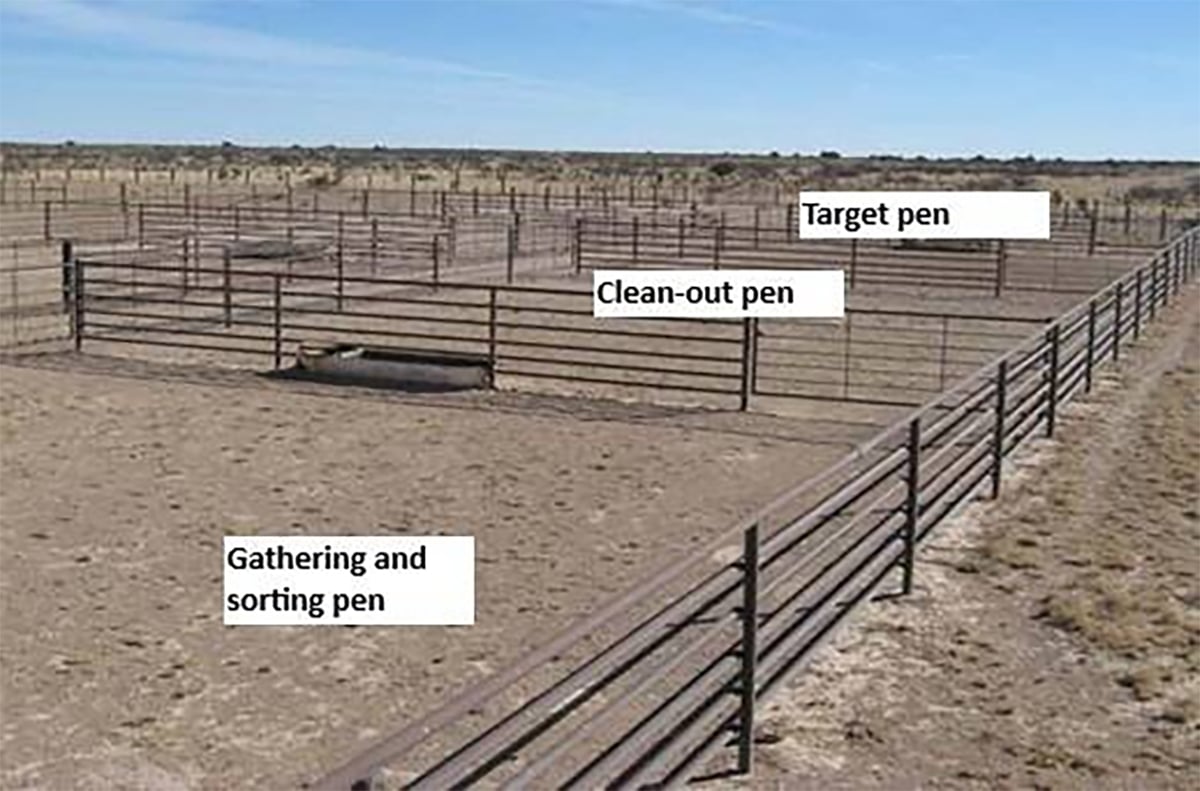
Teamwork and well-designed handling systems part of safely working cattle
When moving cattle, the safety of handlers, their team and their animals all boils down to three things: the cattle, the handling system and the behaviour of the team.
I’ve jokingly said that maybe researchers could develop intranasal vaccines for COVID-19 because the protection is local, where you want it in the upper respiratory passage to start. These are just dreams for now, but we will see what the future holds for us humans.
The ease of administration to calves is especially easy because they are inquisitive. With squeeze chutes with neck bars, even cows can easily be given intranasal vaccines.
Usually, a two cc dose is recommended and thanks to recent improvements, you can give the entire dosage up one nostril.
The only needles you use are when mixing the product together.
Most of these products are approved in calves with doses to be delivered a few days to one week old and up in age from there.
For cows, a couple of older products were used to prevent abortions from infectious bovine rhinotracheitis and can still be used for that today. In days gone by intranasal vaccines for cows were hard to administer because of the animals’ head movements in chutes. Practical veterinarians soon realized the one cc dose up each nostril was not going to be practical. It is most desirable to deliver it with enough pressure and with the animal’s head tilted up. A second intranasal dose should be delivered through the other nostril.
Recent improvements have also been made with the development of a newer intranasal cannula.
You will find different ones in the equine world because it can be difficult to administer intranasal vaccines to horses.
The white cannulas have been around for a long time and work well with very little pressure, but the vaccine sometimes runs back out again, although extra virus particles are in these vaccines to allow for some spillage.
We are attempting to get better cannulas. The latest is green and looks a bit like a flat washer. This doesn’t permit the cannula to enter the nostril too far and takes some pressure to expel, so it mists the product up into the nostril.
In the original studies done on absorption, all cannulas were adequate but I think getting more product inside yields more absorption and hence good immunity.
The newest product is Bovilus Guardian PMH, which is really a combination of two intranasal vaccines. It has a blue dye so you see how good a job you are doing.
One of the best uses for most intranasal vaccines is for young calves, not long after birth when either respiratory protection is needed or when using the vaccine specifically for corona scours.
The protection from giving an intranasal vaccine also goes systemic and that is how protection is given.
Many producers do not change the cannula every time and wipe it off. If you do, use only a damp cloth because disinfectants will destroy or diminish the efficacy of the vaccine.
Store the vaccine properly and get an accurate dosing syringe. The newest cannula has a Luer lock design, meaning you screw it on to the syringe. This is so the cannula does not blow off when pressure is applied.
In the dairy industry, where things like salmonella could be transmitted, changing cannulas for each calf may be necessary.
Intranasal vaccines have good efficacy and are easy to administer, especially to calves. They save on needle use and maybe the future holds the potential for oral vaccines.
We already give pain killers, dewormers and some antibiotics orally, so oral vaccines may be on the horizon.
Don’t be afraid to incorporate intranasal vaccines on your operation if your veterinarian deems them necessary.
Roy Lewis works as a veterinarian in Alberta.





